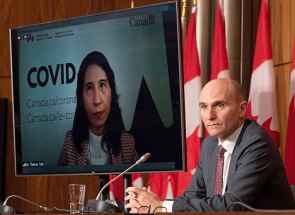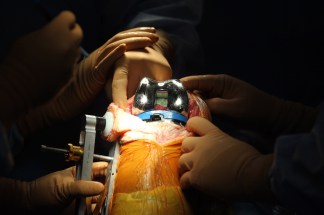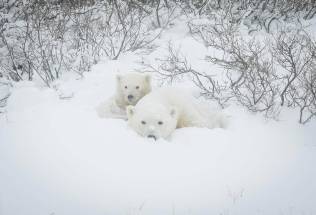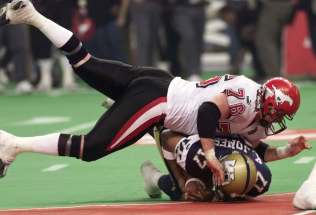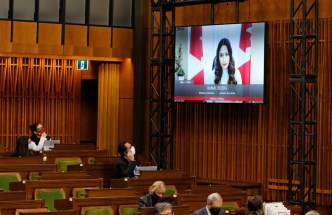Press arrests part of alarming trend
Read this article for free:
or
Already have an account? Log in here »
To continue reading, please subscribe:
Monthly Digital Subscription
$0 for the first 4 weeks*
- Enjoy unlimited reading on winnipegfreepress.com
- Read the E-Edition, our digital replica newspaper
- Access News Break, our award-winning app
- Play interactive puzzles
*No charge for 4 weeks then price increases to the regular rate of $19.00 plus GST every four weeks. Offer available to new and qualified returning subscribers only. Cancel any time.
Monthly Digital Subscription
$4.75/week*
- Enjoy unlimited reading on winnipegfreepress.com
- Read the E-Edition, our digital replica newspaper
- Access News Break, our award-winning app
- Play interactive puzzles
*Billed as $19 plus GST every four weeks. Cancel any time.
To continue reading, please subscribe:
Add Free Press access to your Brandon Sun subscription for only an additional
$1 for the first 4 weeks*
*Your next subscription payment will increase by $1.00 and you will be charged $16.99 plus GST for four weeks. After four weeks, your payment will increase to $23.99 plus GST every four weeks.
Read unlimited articles for free today:
or
Already have an account? Log in here »
Hey there, time traveller!
This article was published 26/11/2021 (1477 days ago), so information in it may no longer be current.
Journalism is not a crime.
And yet, on Nov. 19, photojournalist Amber Bracken and documentary filmmaker Michael Toledano were among the 29 people — including Indigenous elders, land defenders and supporters — arrested by the Royal Canadian Mounted Police on Wet’suwet’en territory in British Columbia. Their equipment was confiscated.
The journalists were there to cover the renewed protests by members of the Wet’suwet’en Nation against the Coastal GasLink pipeline project, and were released Monday after agreeing to appear in court in February. RCMP personnel were enforcing an injunction granted to Coastal GasLink.
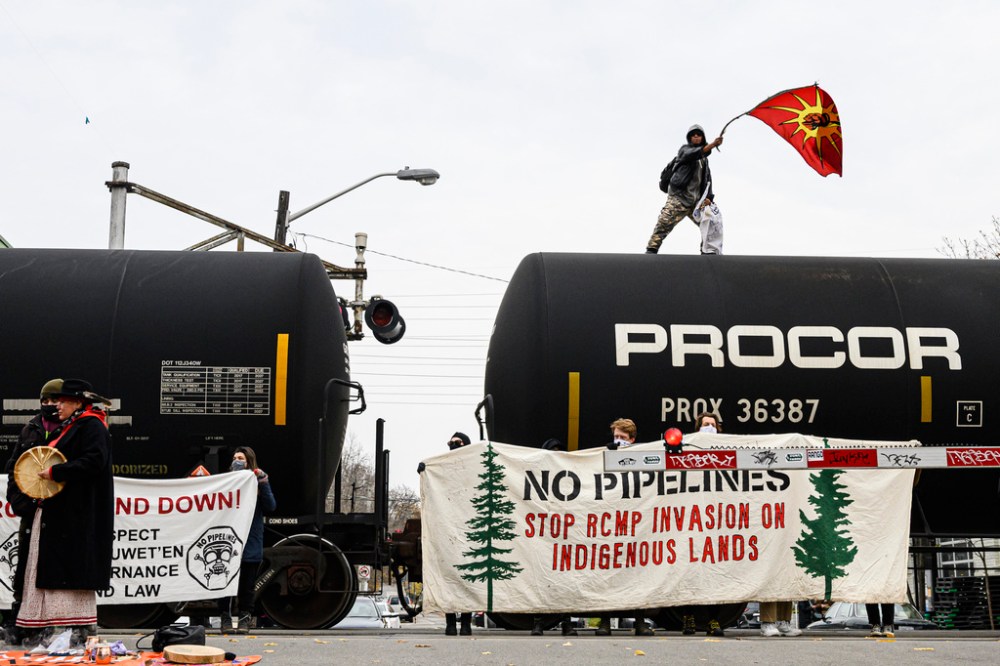
In an online statement, the RCMP claimed the journalists “later” identified themselves as members of the media. But in Mr. Toledano’s footage, both he and Ms. Bracken clearly identify themselves as press during their arrests.
More than 40 news organizations, including the Winnipeg Free Press, joined the Canadian Association of Journalists in calling for Marco Mendicino, Canada’s public safety minister, “to take immediate steps and investigate and correct the RCMP’s actions and to ensure that going forward, journalists’ right to report will be protected.”
This incident is the latest in a disturbing patten of behaviour. In the summer, the CAJ, along with a coalition of news organizations and press-freedom advocates, won a B.C. Supreme Court case against the RCMP, which was restricting media access to the Fairy Creek logging blockades.
These arrests of journalists should be deeply concerning to all Canadians. A strong, independent, free press — which is essential to a democracy — cannot function without the ability to engage in on-the-ground reporting. Journalists are the public’s eyes and ears. The public needs journalists to physically be where events are occurring, so they can know and better understand what’s going on.
It’s worth noting that this story isn’t just about the arrest of journalists — who, undoubtedly, would prefer not to be the story at all. It’s about what they are there to document. Ms. Bracken’s photos and Mr. Toledano’s footage show the door of a tiny cottage being smashed into, with a police dog barking and a chainsaw whirring. A gun pointed, Indigenous people arrested. The amount of force used in response to a peaceful protest by unarmed people.
These are images the public should see. These are images the public almost never saw.
Such is the case with many of the most affecting news images of our time. Consider the iconic photo of Canadian soldier Patrick Cloutier and Anishinaabe warrior Brad Larocque staring each other down, nearly nose-to-nose; the image was taken by Canadian Press photographer Shaney Komulainen during the Oka crisis in the early 1990s.
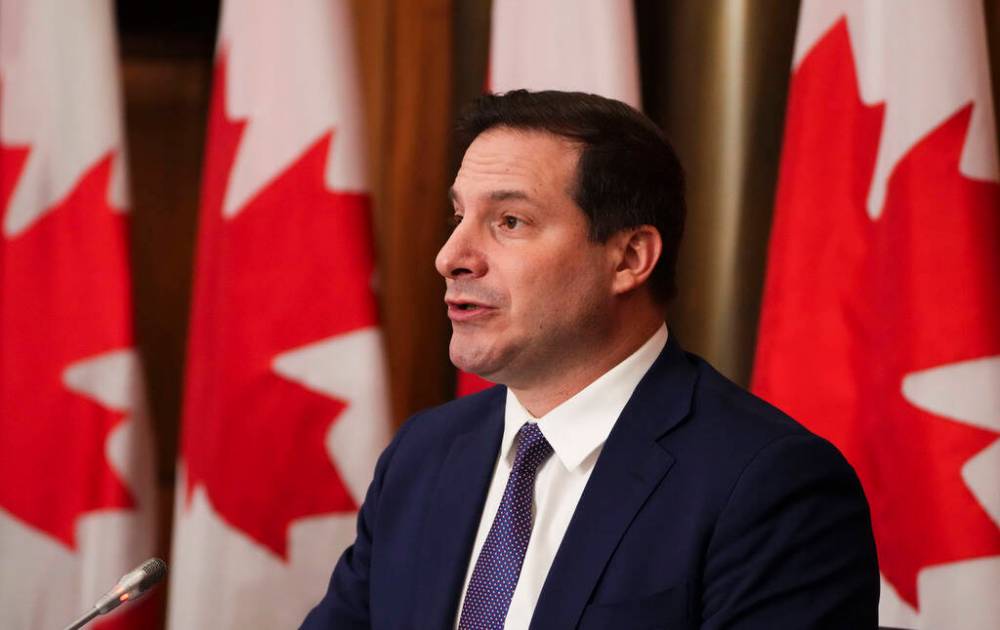
That defining photo wouldn’t exist if she hadn’t been there to capture it. (Ms. Komulainen, it’s worth noting, was charged — and later acquitted — on four counts related to the Oka crisis.)
Think also of the wrenching image of three-year-old Syrian refugee Alan Kurdi, who along with his mother and brother drowned in the Mediterranean Sea in 2015 while trying to cross from Turkey to Greece in the hope of eventually finding a new home with relatives in Canada.
Powerful images and on-the-ground reporting can shape and shift public opinion and prompt necessary political action. But in order to so, the stories and images need to be told and shown.
University of Victoria environmental and climate journalism professor Sean Holman, a noted advocate for press freedom, said in light of the public outcry after the arrests of Ms. Bracken and Mr. Toledano, it’s unlikely they will ever face trial.
“A free press and the work that journalists do are essential for democracy,” he said.


